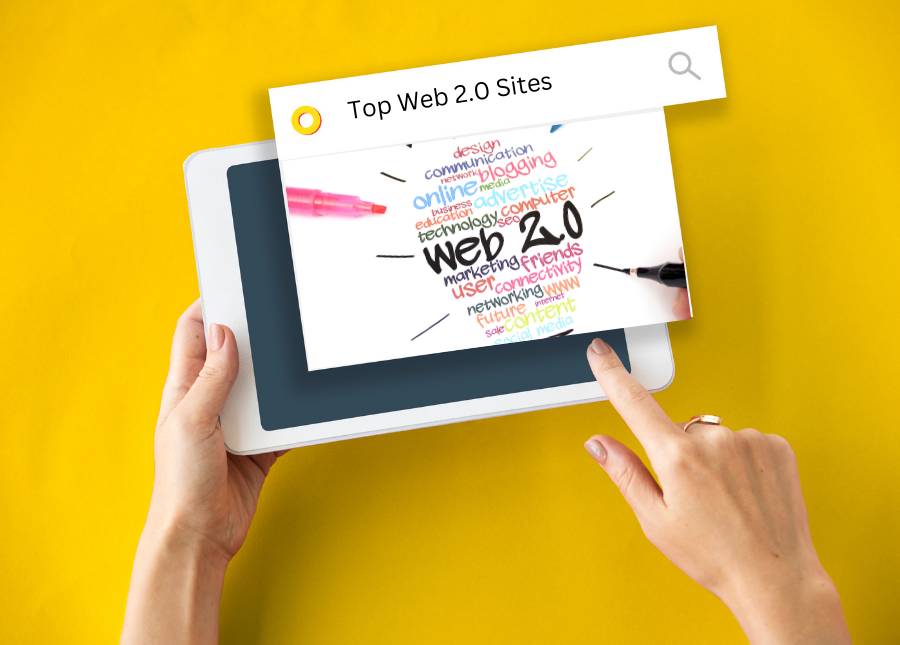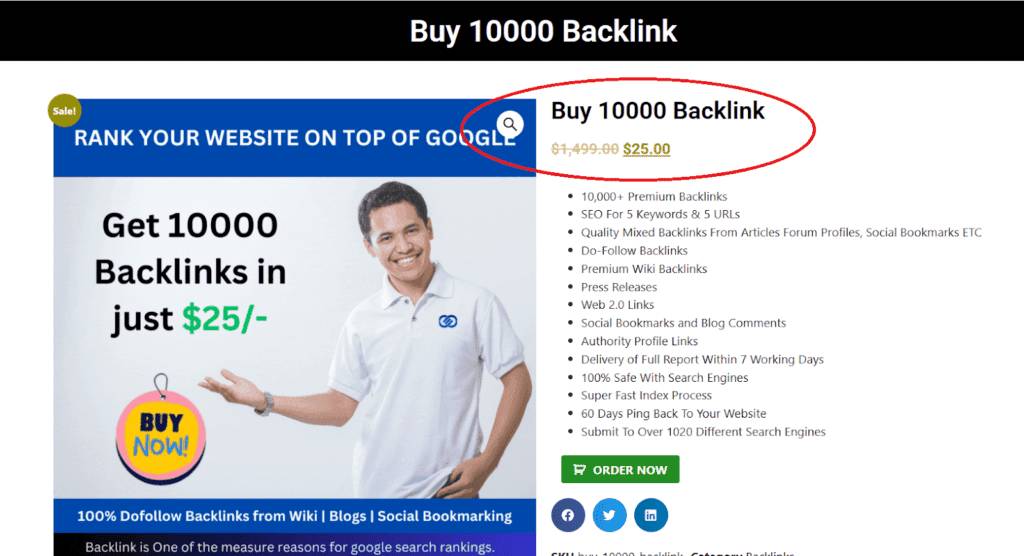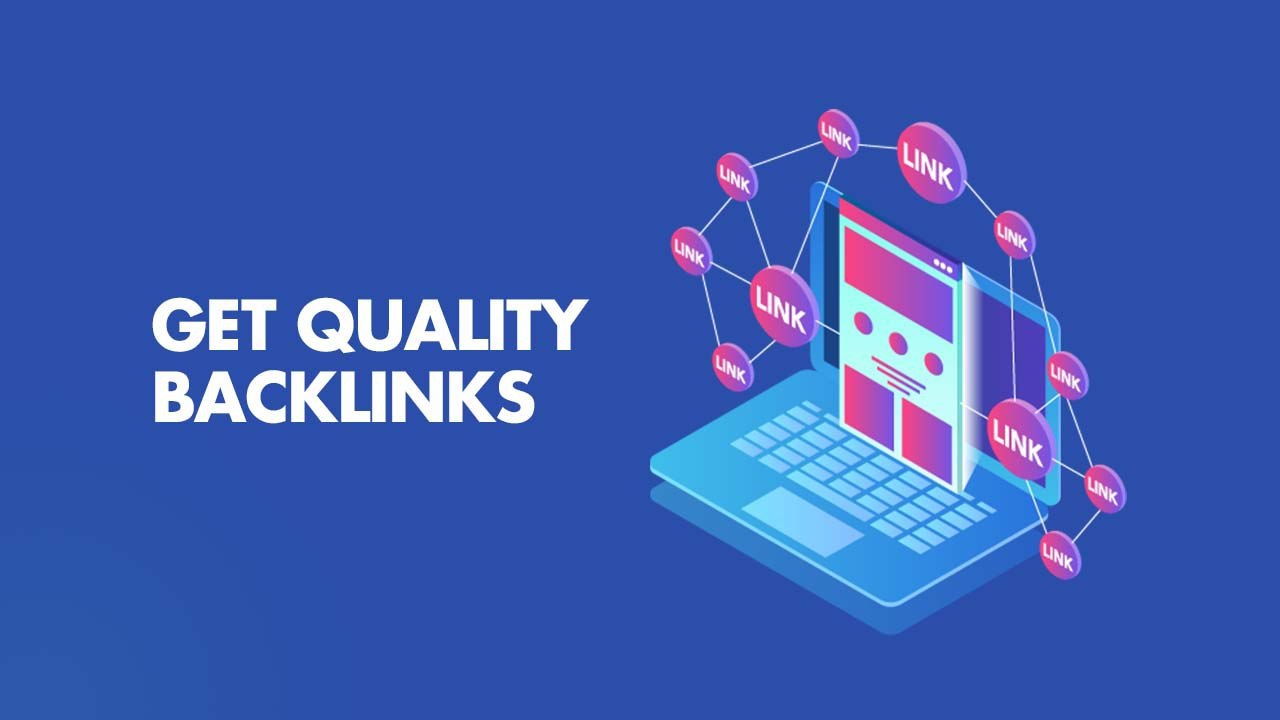In the ever-evolving universe of SEO, web 2.0 backlinks have emerged as a potent weapon for marketers and website owners aiming to dominate search engine rankings. Unlike traditional backlinks, web 2.0 backlinks offer a unique blend of authority, contextual relevance, and content-driven credibility. They aren’t just links—they’re digital endorsements embedded within platforms like WordPress, Blogger, Weebly, and Medium. For anyone serious about scaling visibility online, understanding how to acquire these backlinks can spell the difference between languishing on page five or soaring to the top of search results.
Why Web 2.0 Backlinks Matter
Web 2.0 backlinks differ from ordinary links because they reside on user-generated content sites. Search engines perceive them as trustworthy sources due to the platforms’ inherent authority. By leveraging these backlinks, websites can amplify their SEO signals, enhance domain authority, and cultivate organic traffic streams. Furthermore, the diversified nature of web 2.0 properties helps reduce over-reliance on single-source backlinks, making your SEO profile appear more natural and resilient.
Step-by-Step Guide: How to Get Web 2.0 Backlinks
1. Select High-Authority Web 2.0 Platforms
The first step is to pinpoint platforms that boast robust domain authority. WordPress, Medium, Tumblr, and Weebly are excellent choices. The higher the platform’s credibility, the more weight your backlink carries. Don’t scatter your efforts aimlessly—focus on quality over quantity.
2. Create Engaging, Original Content
Once you choose a platform, weave compelling content that naturally accommodates your backlinks. Avoid spammy insertion; instead, craft articles, tutorials, or guides that provide genuine value. Well-structured, informative content encourages sharing, interaction, and stronger link equity.
3. Embed Contextual Links Strategically
Merely placing a link won’t suffice. You must nestle links naturally within content where they enhance the reader’s understanding. For example, if your post discusses SEO trends, seamlessly integrate a backlink to your main site without disrupting the narrative. Contextual placement ensures search engines interpret the link as relevant and authoritative.
4. Diversify Anchor Text
Anchor text plays a crucial role in backlink effectiveness. Use varied, descriptive phrases that align with your target keywords. For web 2.0 backlinks, blending branded, exact-match, and long-tail anchors provides a robust, natural link profile.
5. Maintain Consistent Activity
Web 2.0 backlinks are most impactful when platforms remain active. Regularly refresh content, publish new posts, and update links to keep your backlinks relevant. Dormant profiles signal inactivity to search engines, diminishing backlink authority over time.
6. Monitor Performance and Adjust
Finally, track the results of your web 2.0 backlinks using SEO analytics tools. Evaluate referral traffic, rankings, and link equity. Tweak your strategy by identifying which platforms deliver the most value and doubling down on them while pruning underperforming properties.
Best Practices to Maximize Web 2.0 Backlink Benefits
- Ensure content is original and free from duplication.
- Avoid overstuffing keywords to maintain natural flow.
- Focus on authoritative platforms rather than low-quality directories.
- Include multimedia like images, videos, or infographics to enrich content and attract engagement.
- Rotate anchor text and link placement to mimic organic linking patterns.
Conclusion
Mastering web 2.0 backlinks is no longer optional for modern SEO strategies—it’s essential. By meticulously selecting platforms, crafting valuable content, and strategically embedding links, websites can propel their authority, boost search rankings, and attract sustained organic traffic. Whether you’re a seasoned digital marketer or a website owner just starting, integrating web 2.0 backlinks into your SEO plan ensures your online presence remains competitive and resilient.
Frequently Asked Questions
Q1: Are web 2.0 backlinks still effective in 2025?
Yes. They remain valuable for improving domain authority, diversifying link profiles, and enhancing SEO credibility when used strategically.
Q2: Can I automate web 2.0 backlink creation?
Automation is possible but not recommended. Search engines favor natural, manually crafted content, so avoid bulk-generated links.
Q3: How many web 2.0 backlinks should I create?
Quality outweighs quantity. Start with a few high-authority platforms and scale gradually while ensuring content remains original and engaging.
Q4: Do web 2.0 backlinks work for all industries?
Absolutely. Whether it’s e-commerce, blogging, or corporate sites, web 2.0 backlinks enhance SEO as long as the content aligns with your niche.
Q5: How long does it take for web 2.0 backlinks to impact SEO?
Typically, results appear within 4–8 weeks, depending on content quality, platform authority, and search engine indexing speed.




